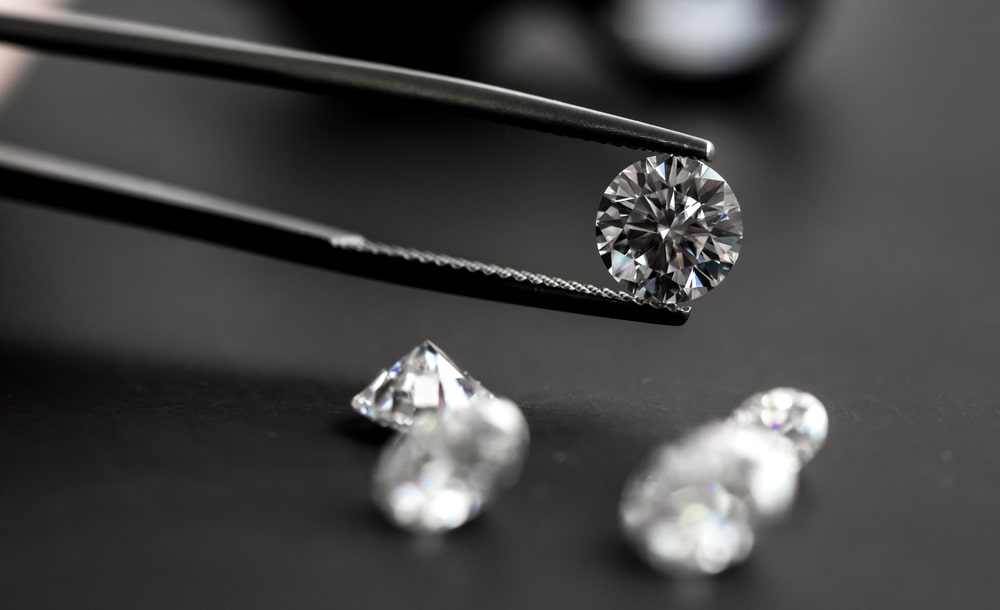History of Lab Grown Diamonds
All the way back in 1797, it was discovered that diamonds are made of pure carbon. This revelation sparked massive interest in producing diamonds in the following decades, but replicable success was not achieved for more than 150 years.
To understand the interest in creating man-made diamonds, it is first important to understand that chemically and visually, a lab-grown diamond is not different from a geologically created diamond. Though one takes place in nature and the other in a controlled setting, they share all of their properties and should not be confused with imitation materials like cubic zirconia.
With that fact in mind, it’s easy to see why 18th and 19th century scientists and inventors were so keen to establish a process for synthesizing diamonds. The 1797 discovery of a diamond’s make up prompted many scientists and scholars to feel that producing their own diamonds was well within reach—and some even claimed to have done it.
In 1879 and 1893 two different scientists claimed to have synthesized diamonds by heating charcoal in a carbon crucible up to a whopping 3,500 degrees celsius, but their experiments were never successfully replicated despite repeated attempts throughout the first half of the twentieth century. Plenty of later claims of success were made, but they were not verifiable.
Finally, a breakthrough occurred when General Electric threw their weight behind creating diamonds. In December of 1954, the first verifiably successful attempt at synthesizing diamonds was achieved at the GE laboratories. Research on the subject continued to be heavily pursued throughout the mid-century time period.
It was not until 1970 that gem-quality diamonds were lab grown. Even then, discolorations due to the process and inclusions were common. Lab grown diamonds showed inconsistencies with natural diamonds when examined under UV light and X-rays at this time.
With technological advances and a whole lot of trial and error, the process of growing diamonds in a lab became more streamlined and controlled. As of 2013, around 2% of gem-quality diamonds on the market are lab grown.
While there are measures that interested parties can take to distinguish a lab grown diamond from a mined one, they are generally identical in both appearance and chemical makeup. Basically, without infrared, UV, or X-rays to tell them apart, no one (not even an experienced gemologist) would be able to distinguish a mined diamond from a grown one.
Despite all of this, in the last 5 years the price for a lab grown diamond has dropped substantially below that for a mined diamond—around 20% lower, in fact.
While public attitudes have evidently fallen in line with the rhetoric of the mined diamond industry, the Federal Trade Commission takes a different stance. The FTC recently revised its Jewelry Guides to include lab grown gems in the official definition of diamonds, and to bar businesses from implying that lab grown diamonds are not real diamonds.
Today, the reality is that you can purchase a lab grown diamond that is chemically and optically identical to a mined diamond at a fraction of the price. There is nothing intrinsically inferior about a lab grown diamond, aside from the price tag.
An industry more than 200 years in the making, synthetic diamonds have not yet achieved the same reputation as mined diamonds, but a little research on the history of lab grown diamonds is sure to shift opinions. Lab grown diamonds are likely to disrupt the standard jewelry experience and reshape the way that people think about gemstones. Need more info about lab grown diamonds? Get in touch with us at New Dawn Diamonds.

